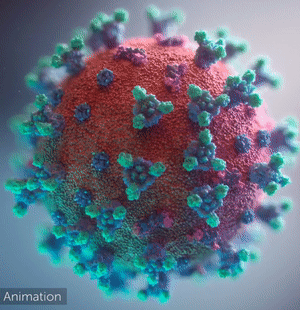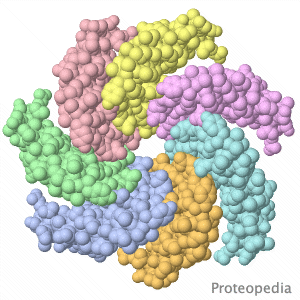Main Page
From Proteopedia
Jaime Prilusky (Talk | contribs)
(New page: <table id="tableColumnsMainPage" style="width:100%;border:2px solid #ddd;border-collapse: collapse;table-layout: fixed; "> <tr><td colspan='4' style="background:#F5F5FC;border:1px solid #d...)
Next diff →
Revision as of 11:41, 18 October 2018
|
Welcome to Proteopedia | |||||||||||
| Selected Pages | Art on Science | Journals | Education | ||||||||
|---|---|---|---|---|---|---|---|---|---|---|---|
|
|
|
|
||||||||





